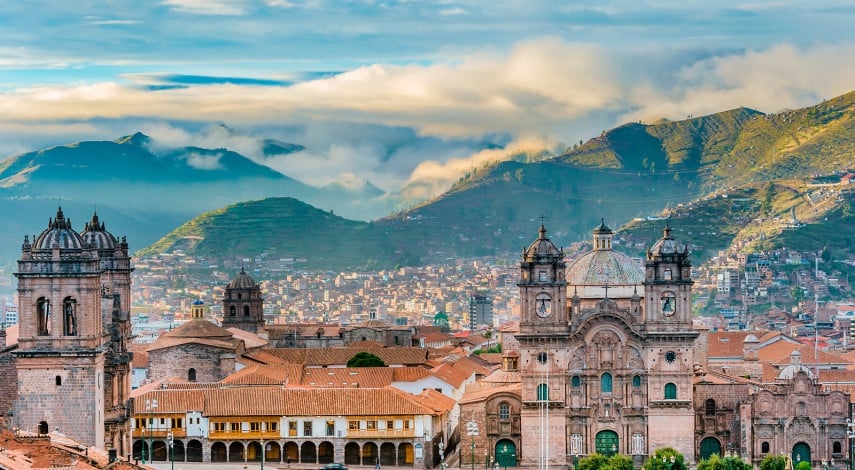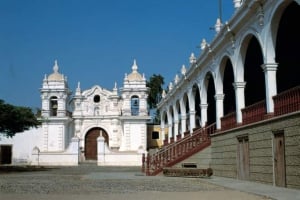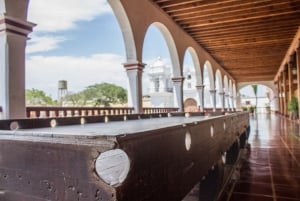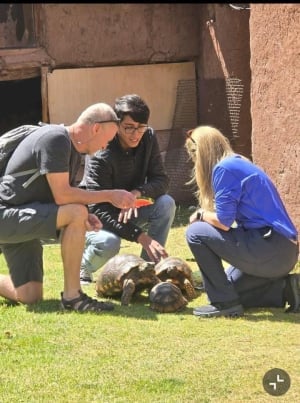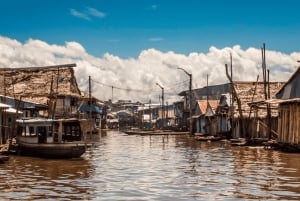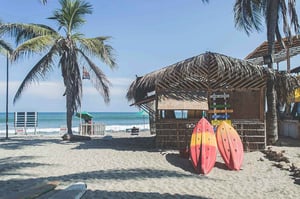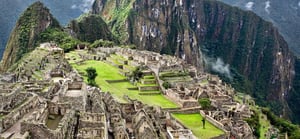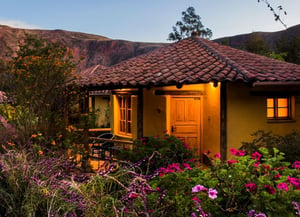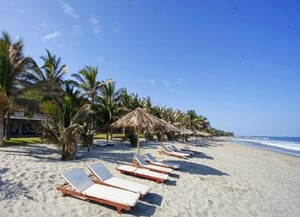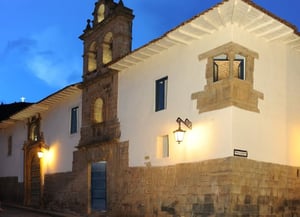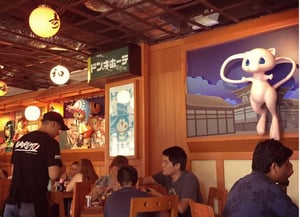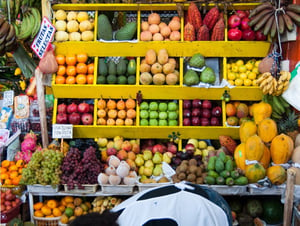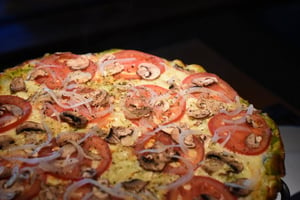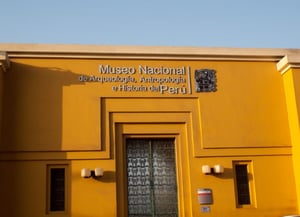Secret Tunnels of Slaves
Book Top Experiences and Tours in Peru:
If youʻre booking your trip to Peru last minute, we have you covered. Below are some of the top tours and experiences!- Cochahuasi Animal Sanctuary ®
- Ballestas Islands from Pisco - CRUISESHIP TERMINAL
- Lima: The Charm of Barranco & Pre Inca Pyramid in Miraflores
- Belén Experience: Market, Canoa & Traditions 2 a 3hrs
- Lima: Paracas & Huacachina Premium Day Trip and Sunset Toast
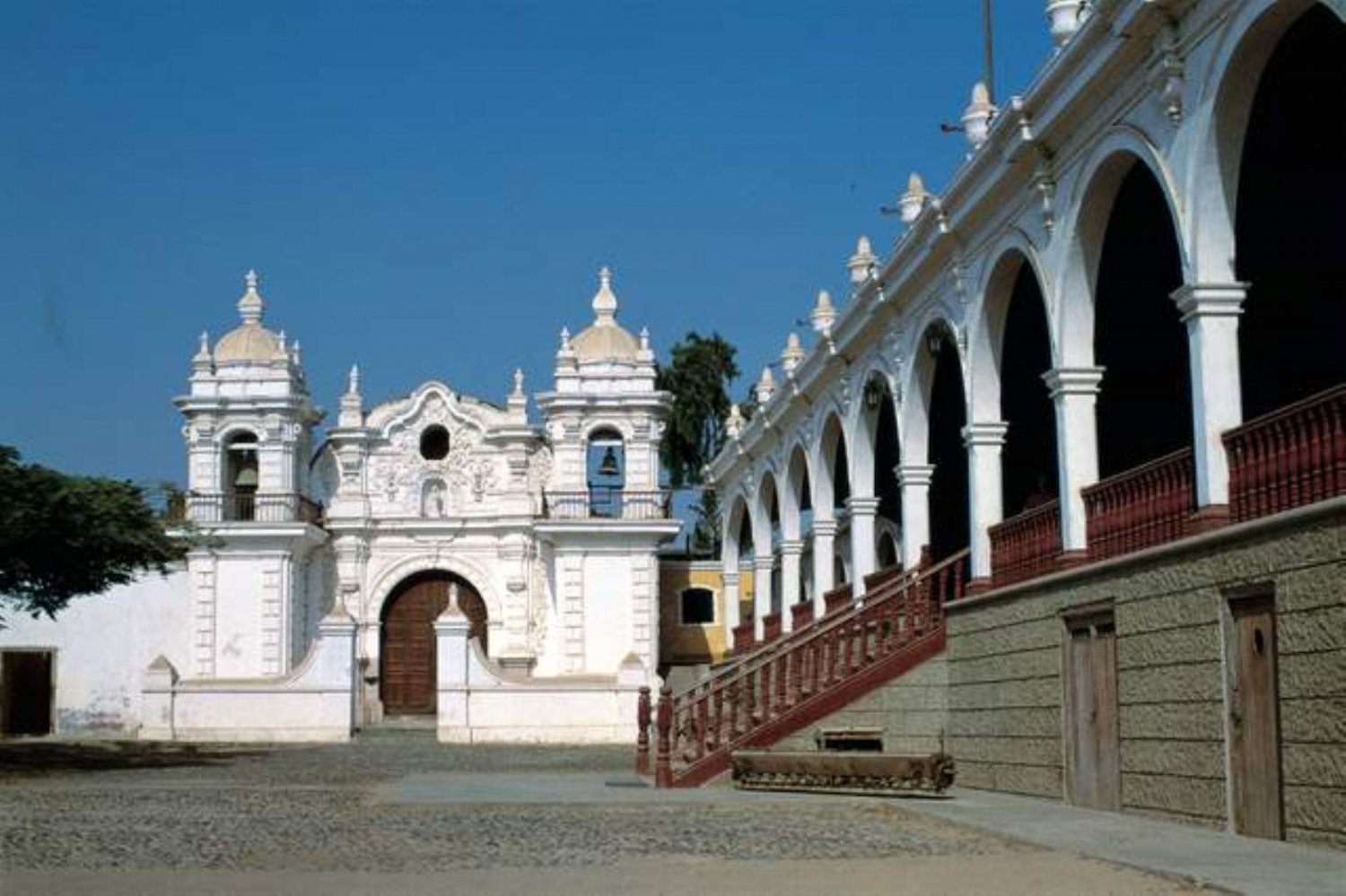 Hacienda San José
Hacienda San JoséWhat is the story about slave tunnels?
By the 18th century, the Treasury had huge amounts of land where they grew good quality cotton and sugar so they needed cheap labor and many people from Africa who helped work the land, collecting cotton and other agricultural products.
Slavery was legal at that time, and to avoid paying taxes to the government, the owners of the Treasury created underground tunnels linking the house with the port. Slaves arrived too late at night to smuggle them into the farm via the underground tunnels, which meant that the government would not have any slave records and could avoid taxes.
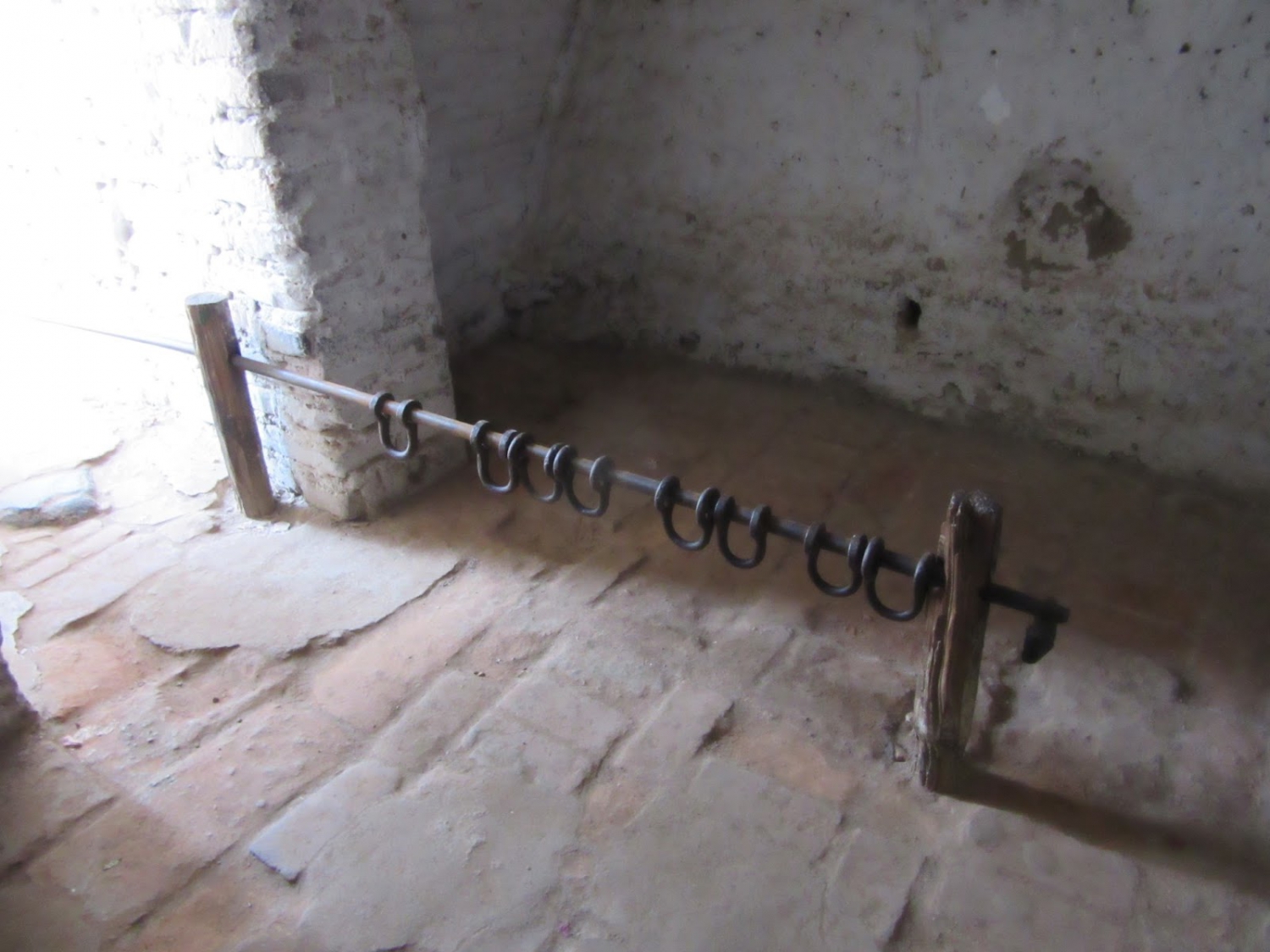
Hacienda San Jose, Chincha
Due to the large number of thieves and pirates sailing in the Pacific Ocean, the secret tunnels of the slaves were expanded to create several secret escape routes throughout the house, linking the owners room, the local church and several rooms with the underground tunnel system. In the church, the tabernacle (similar to a box normally used to store bread and wine to consecrate the Eucharist) was also used as a secret entrance to the tunnels.
When Ramón Castilla abolished slavery, these tunnels were used as cemeteries for some workers who died on the ground or due to the punishment they received from the owners.
 Ramón Castilla
Ramón CastillaThe Pisco and Chincha earthquake in 2007 generated a new entrance to the underground tunnels that were discovered after part of the soil collapsed and also 2 large water tanks were revealed.
Timeline:
- 1688: It was just a sugarcane farm with 87 Afro-Peruvian slaves working.
- 1811: More than 100 years later, almost a thousand slaves were working in the production of sugar and cotton.
- 1821: During the battles of independence, hundreds of slaves escaped and joined Don Jose de San Martin (Argentine General and first leader of the southern part of South America who successfully fought for the independence of the continent). Fernando Carrillo de Albornoz, owner at that time, escaped to Spain leaving his wife and youngest son, Julio. The government expropriated the hacienda.
- 1827: Carrillo's wife recovered the farm
- 1854: Slavery was abolished but many slaves continued to work in the hacienda.
- 1879: The last heir of the San José estate was killed by one of the slaves during the "War of the Pacific."
- 1913: The farm was sold and the Cilloniz family was the new owner.
- 1960: Since then, Angela Cilloniz became the owner of the farm.
- 1970: The Hacienda San José was declared a Cultural Heritage of Humanity by the INC (National Institute of Culture)
- 2007: The Pisco and Chincha earthquake devastated the place. Most of the church structure is repaired. The walls of the house and the decoration were ruined, so everything had to be fixed, for its value as a World Heritage Site, they had to be very careful repairing it and it took 5 years to do so.
- Nowadays: Only the great house (Casa Hacienda) has been preserved but as a tourist hotel, without the large area of land it used to have.


